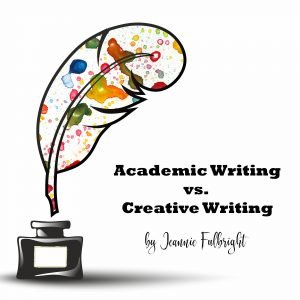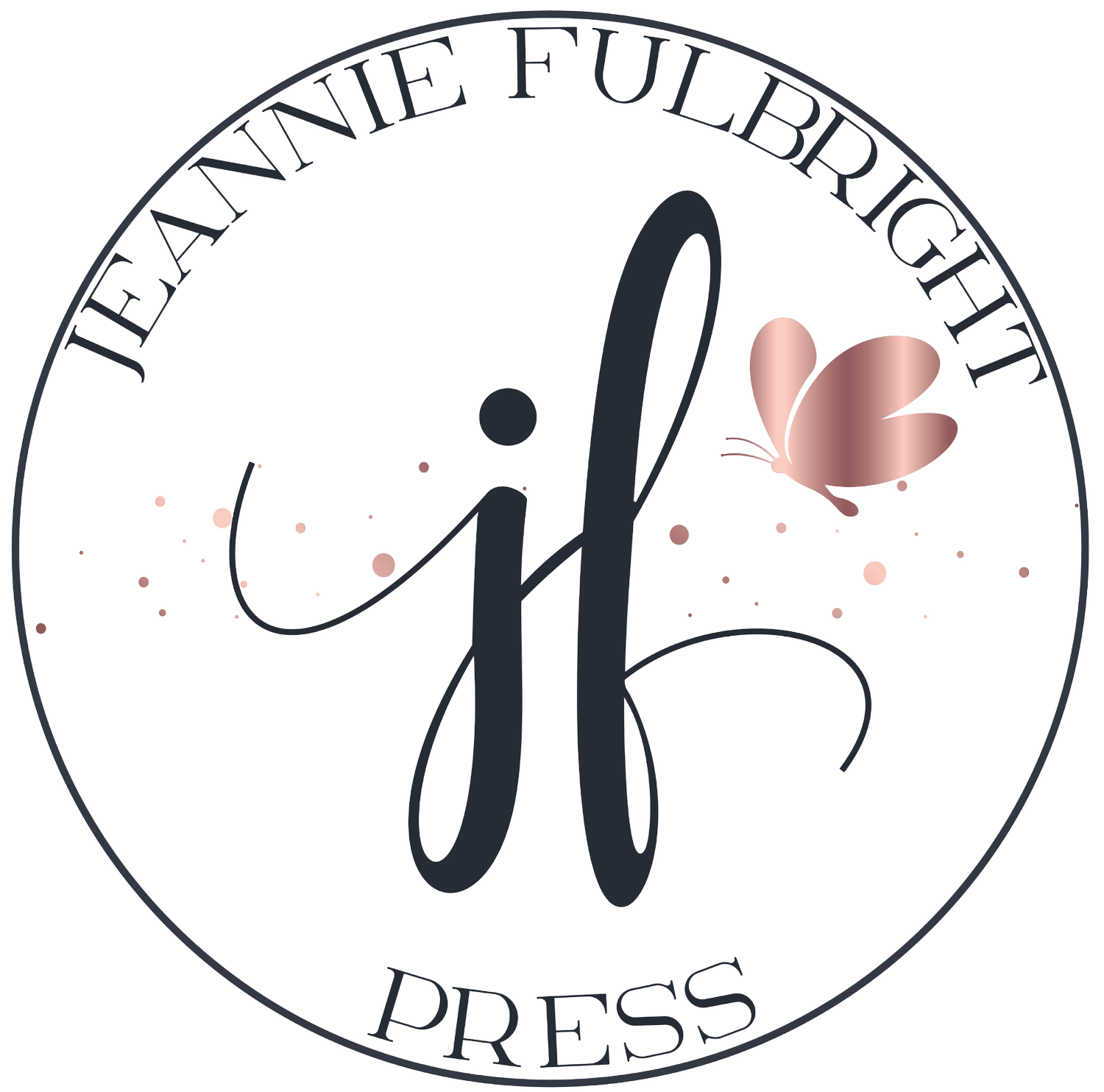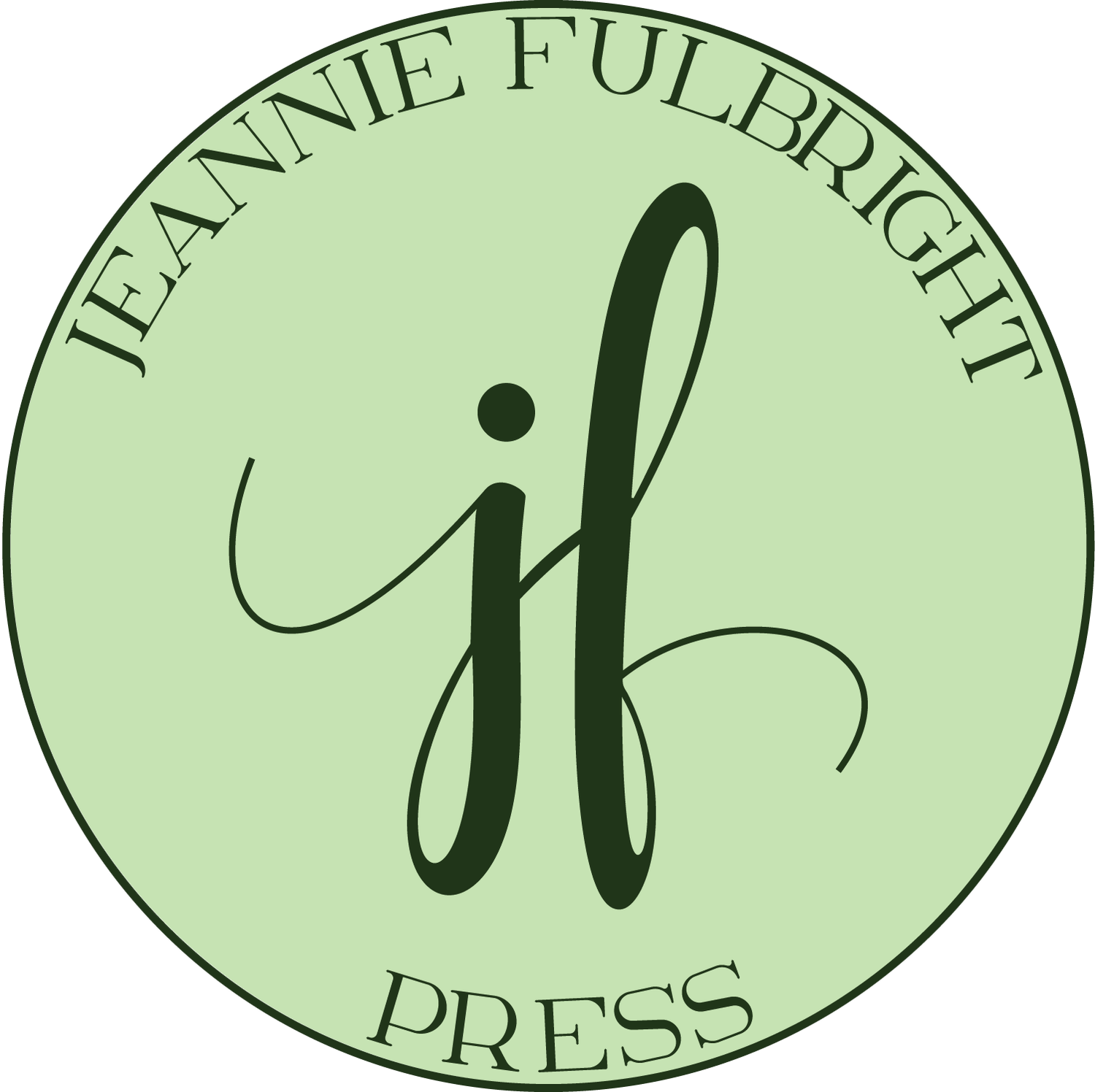Academic Writing vs. Creative Writing
One kind of writing—academic writing—is rigid and procedural. It’s purposed purely to convey knowledge, data, and information. It’s orderly, organized, and follows a formula. It’s necessary. It can be dull. Anyone can master it. Everyone should master it. The other kind of writing—creative writing—is inspired and artistic. It entertains with word pictures, concepts, and deep meaning. It’s enjoyable to read and touches us while teaching us. It’s an art form. It’s not necessary to learn, but a joy to those who do.
The other kind of writing—creative writing—is inspired and artistic. It entertains with word pictures, concepts, and deep meaning. It’s enjoyable to read and touches us while teaching us. It’s an art form. It’s not necessary to learn, but a joy to those who do.
Academic writing will earn you A’s; creative writing may get you published.
Academic writing must be taught, but rarely is; creative writing is optional, but is almost always the focus of writing curricula.Creative writing focuses on story-telling and recounting personal experiences. Its students author fiction and poetry—using style, voice, and technique to make their writing entertaining, smart, and packed with panache. Most curricula on the market encourages this kind of creativity and style, drawing out the reluctant writer and cultivating a future author, columnist, reporter, or novelist—someone who is confident and comfortable with the pen. The truth? We really do want to produce fabulous writers in our homeschool. Thus, the kind of writing we value and encourage is creative, expressive writing. We even endorse the use of creative writing with the all-important essay. Herein lies the problem. College professors just want the facts, not the flair.Thinking back on my own college experience, I’m embarrassed by my impudence. How pompous I must have been to think my college professor would enjoy reading my extraneous ideas and insights. I used my college essays as a platform to express my opinions and deeper philosophies in lengthy poetic prose. I was a creative writer: an artistic, loquacious, verbose wordsmith. How dull it must have been for my professors, laboring through more than 300 papers, seeking to find out which students learned the material and which didn’t. My stylistic passages were not joy, but drudgery. Because of the volume of papers that must be read, professors prefer clear, concise compositions that convey the material has been understood—academic writing.Creative writing may indeed get you published. But it’s truly not the kind of writing we must learn. In academia, it is superfluous. To do well in school, we must learn academic writing. This is the kind of writing upon which we should focus our children’s writing instruction.Although all writing should be concise and clearly communicate an idea or point, academic writing must eliminate all literary lavishness. Style is eliminated, voice is barely noticeable, and structure prevails. Sadly, words like “sadly” must go. Academic writing adheres to a rigorous code that leaves no room for extraneous or entertaining ideas. Academic writing is what your college professor wants when he asks you to write an essay. Academic writing is what the SAT requires. If you teach no other form of writing, academic writing—which is far easier than creative writing—should be taught.So, if academic writing is more important than creative writing for scholastic success, why is everyone teaching creative writing? I believe it’s because we want our children to acquire skill and confidence in writing, and enjoy it. That’s not a bad thing. It’s a great thing. We want to grow writers! There is not one thing wrong with that. However, we must remember that in addition to teaching the fundamentals of style, eloquence, and technique that give boldness to writing, we should also teach the separate subject of academic writing. This kind of writing will enable our children to get through college with ease and success. Sure, they can write for the college magazine or start their own newsletter, filling up pages with their thoughts, opinions, and feelings, however, if you only have time to teach one kind of writing—academic writing will ultimately give the child more confidence. There’s no better feeling than checking the board for your grade and seeing an A.There is actually a formula for academic writing. It’s uncomplicated, and once learned, can be used in every essay whether it’s for art history or economics. When I struggled through the college essay, I didn’t even know there was a formula! My husband, on the other hand, was taught the formula in high school and sailed through college and law school, graduating with honors with virtually no creative writing skills of which to speak. He recently revealed this secret formula to me. I call it The Composition Code. It’s my plan to circulate this secret in the homeschool community so we can take the world by storm—or at least help our children improve their college essays.Read on for more about the importance of rigorous writing in our homeschool.

